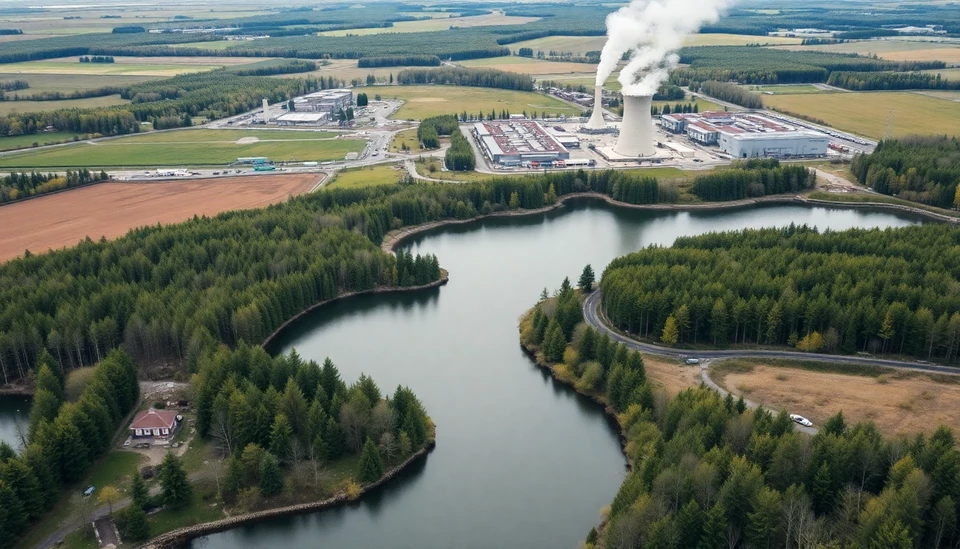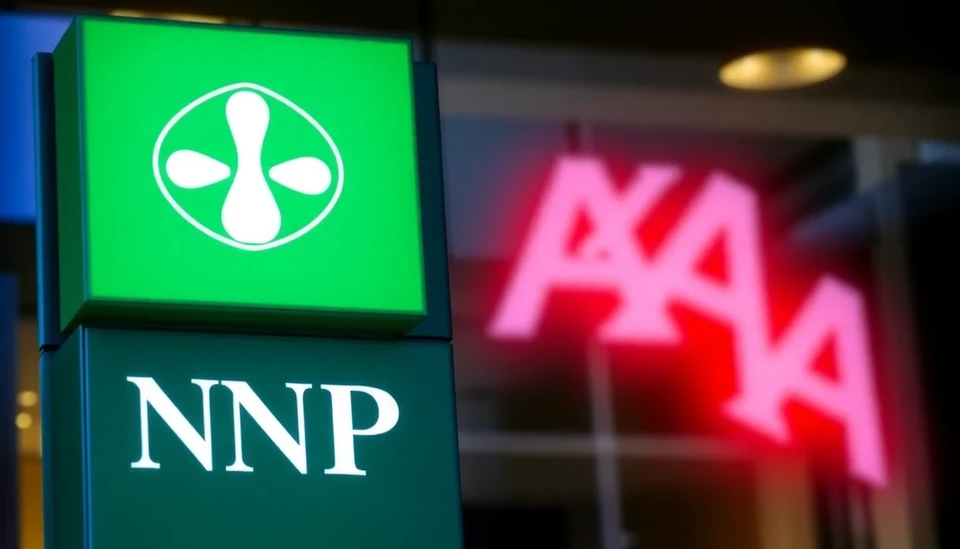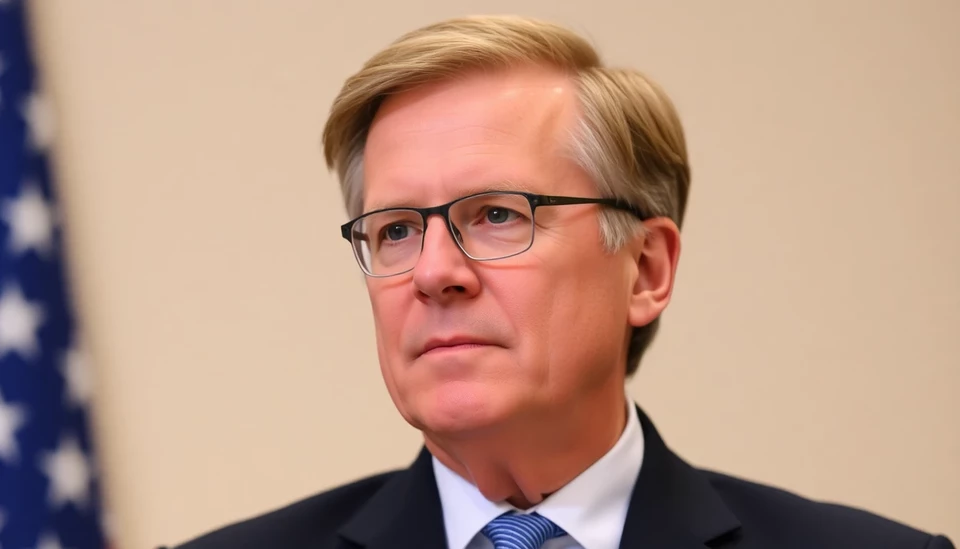
Sweden's ambitions to revitalize its nuclear energy sector are encountering significant challenges as environmental pressures mount and political dynamics shift. Recent developments indicate that the green energy policies, which once seemed pivotal in shaping Sweden's energy future, are now creating complications for the country's nuclear revival.
With more scrutiny on the environmental and safety implications of nuclear power, supporters of green energy are raising concerns that the push for more nuclear plants may not align with vigorous climate goals. A series of announcements from the Swedish government during a critical period has amplified doubts among nuclear advocates and investors alike.
One critical development has been the rise of anti-nuclear sentiment among various political factions, particularly within the Swedish Green Party. The party, which has historically been a driving force in promoting renewable energy solutions, appears increasingly wary of nuclear investments, fearing they may detract from the focus on sustainable alternatives such as wind and solar power.
The government’s initial plans to potentially expand nuclear capacity and replace older reactors with newer, more efficient designs are now in jeopardy. Areas earmarked for future nuclear projects are facing staunch opposition and rigorous regulatory hurdles, casting a shadow over the feasibility of these projects.
Moreover, the financial landscape for nuclear energy is changing. Investors, once eager to back new nuclear plants, are now re-evaluating the risk against the backdrop of soaring costs and extended timelines for project approvals. The uncertainty surrounding regulatory pathways is prompting many stakeholders to reconsider their commitments to nuclear energy in Sweden.
As the global discourse on energy transition evolves, Sweden's dilemma highlights a broader tension between nuclear energy and renewable solutions. The government’s emphasis on a dual energy strategy—balancing renewables with nuclear—has proven difficult amidst rising pressure from green activists and changing public sentiment.
This situation poses a critical question: Can Sweden pursue its ambitious climate targets without a robust nuclear framework, or will the retreat from nuclear energy undermine its long-term sustainability goals? The unfolding discourse within the political arena suggests that this is a pivotal moment for Sweden’s energy policy, one that could redefine the nation’s approach to energy in the years to come.
Stakeholders from across the energy sector are now bracing for potential policy shifts as debates intensify. Decisions made in the coming months will likely shape Sweden's energy landscape and potentially influence energy strategies across Europe, igniting discussions about the roles different energy sources will play in achieving climate neutrality.
In summary, while Sweden aims to position itself at the forefront of the global energy transition, the recent hurdles in nuclear revival underline the complexities of balancing environmental ambitions with the realities of energy production. The path forward will require navigating the intricate interplay of political will, public opinion, and investment in sustainable technologies.
As the situation develops, all eyes will remain on Sweden, with the hope that a harmonious solution can be achieved that embraces both renewable energy advancements and the necessary role of nuclear power.
#SwedenEnergy #NuclearEnergy #GreenPolitics #RenewableEnergy #ClimateCrisis #EnergyPolicy
Author: John Harris




